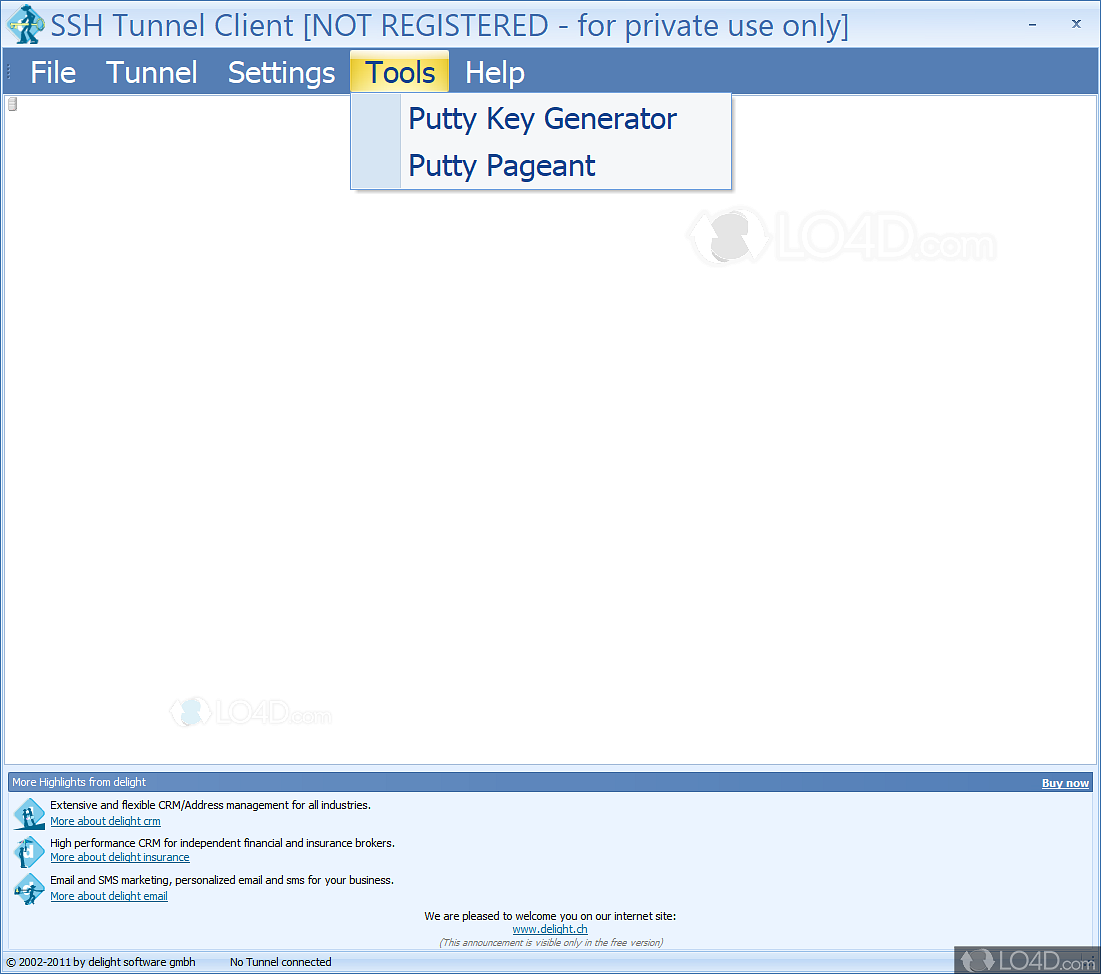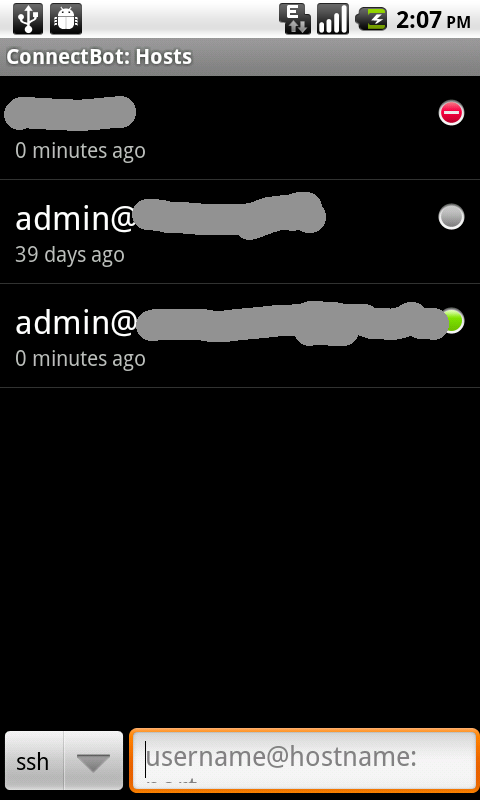

There’s also “dynamic port forwarding”, which works similarly to a proxy or VPN. RELATED: What's the Difference Between a VPN and a Proxy?

#Ssh tunnel how to#
RELATED: How to Manage an SSH Config File in Windows and Linux Dynamic Port Forwarding: Use Your SSH Server as a Proxy You’ll need to enable the “GatewayPorts” option in sshd_config on the remote SSH server if you want to override this behavior. In other words, only people on the same system as the SSH server itself will be able to connect. This is effectively a way to tunnel through firewalls.īy default, the remote SSH server will only listen to connections from the same host. Anyone with access to the SSH server will be able to access the web server running on your PC. When someone accesses the port 1234 on the SSH server, that traffic will automatically be “tunneled” over the SSH connection.
#Ssh tunnel Pc#
Your SSH client will tell the server to forward a specific port-say, port 1234-on the SSH server to a specific address and port on your current PC or local network. But your PC is behind a firewall that doesn’t allow incoming traffic to the server software.Īssuming you can access a remote SSH server, you can connect to that SSH server and use remote port forwarding. For example, let’s say you’re running a web server on the local PC you’re sitting in front of. It allows you to make a resource on your local PC available on the SSH server. “Remote port forwarding” is the opposite of local forwarding, and isn’t used as frequently. RELATED: What is SSH Agent Forwarding and How Do You Use It? Remote Port Forwarding: Make Local Resources Accessible on a Remote System You will also need to enter the address and port of the SSH server itself on the main “Session” screen before connecting, of course.

Click “Add” afterwards and then click “Open” to open the SSH connection.

You can use any command line or graphical tool to access the database server as if it was running on your local PC.įor example, if you wanted to set up the same SSH tunnel as above, you’d enter 8888 as the source port and localhost:1234 as the destination. The SSH server sits in the middle, forwarding traffic back and forth. So, when you attempt to access the database server at port 1234 your current PC, “localhost”, that traffic is automatically “tunneled” over the SSH connection and sent to the database server. To do this, you establish an SSH connection with the SSH server and tell the client to forward traffic from a specific port from your local PC-for example, port 1234-to the address of the database’s server and its port on the office network. This is often the case, as it’s easier to secure a single SSH server against attacks than to secure a variety of different network resources. But if you have access to an SSH server at the office, and that SSH server allows connections from outside the office network, then you can connect to that SSH server from home and access the database server as if you were in the office. For security reasons, that database server is only configured to accept connections from the local office network. For example, let’s say you want to access a database server at your office from your home. “Local port forwarding” allows you to access local network resources that aren’t exposed to the Internet. Local Port Forwarding: Make Remote Resources Accessible on Your Local System


 0 kommentar(er)
0 kommentar(er)
